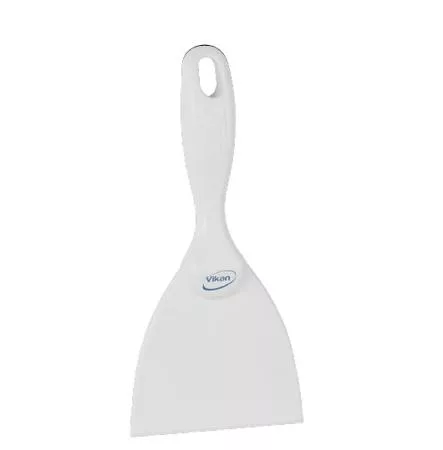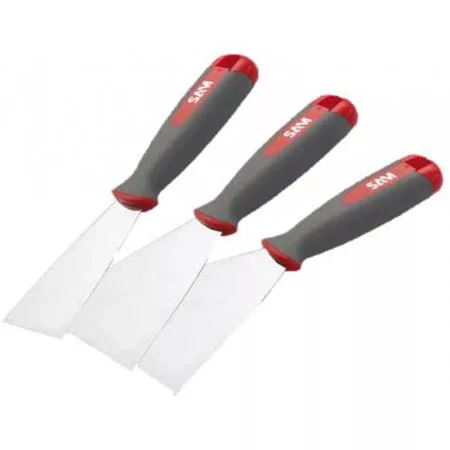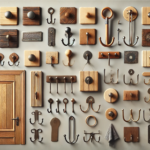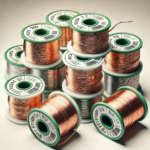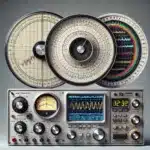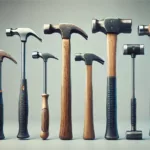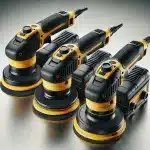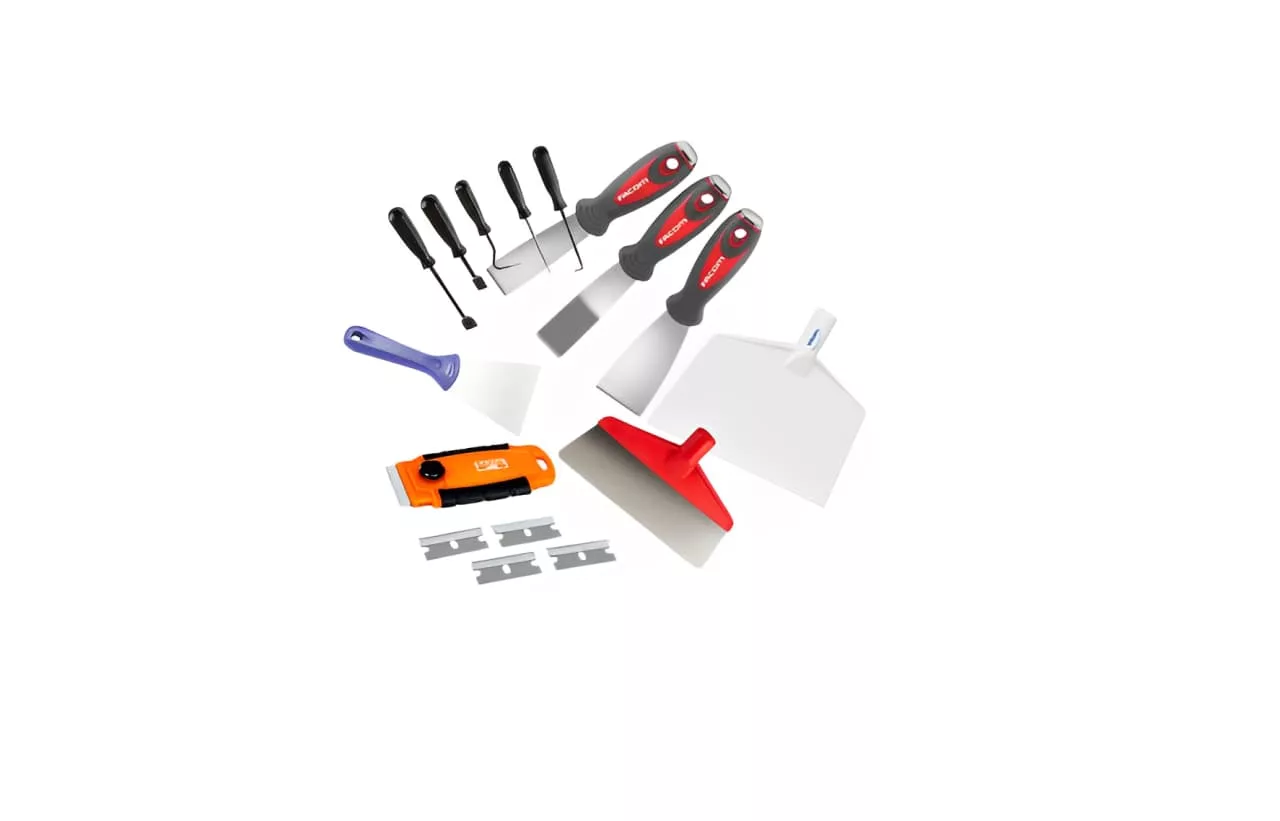
Introduction
In workshops and toolboxes around the world, the hand scraper stands as a testament to the power of simplicity. More than just a blade on a handle, this versatile tool is essential for achieving smooth finishes, precise fits, and even decorative touches on a variety of materials. This guide breaks down the fundamentals of scrapers, covering their significance, popular types, selection parameters, and versatile applications across various sectors.
Defining a Scraper – A Tool with a Purpose
Scrapers are hand tools with a sharp-edged blade and ergonomic handles designed to scrape unwanted materials from various surfaces. These handheld tools can clean, smooth, or shape materials such as wood, metal, or plaster. A typical scraper tool can remove paint, varnishes, rust, glues, and even a thin layer of wood or metal, creating a smooth and clean finish. Unlike other abrasive tools like chisels or planes that grind away materials, scrapers peel the surface they are working on, preserving the surface’s integrity. These scraping tools come in various shapes, sizes, and materials, such as high-carbon steel, stainless steel, and plastic. In addition, plastic scrapers are gentle on delicate surfaces like glass or painted areas where metal scrapers might cause scratches.
Significance of Scraper Tools: Why Should You Own Them?
Scrapers are indispensable tools with a variety of functions that make them a valuable addition to any toolbox. Their primary function is to remove unwanted material from the surface, whether it’s paint, rust, glue, or debris. Furthermore, they are essential for surface preparation, ensuring a clean and smooth base for painting, tiling, or other finishing work. Scraper tools excel at removing imperfections and are particularly useful for tackling challenging grain patterns, figured wood, and areas where traditional sanding methods fall short.
A Diverse Range: Exploring Different Scraper Types
The world of scrapers is surprisingly diverse, with specialised tools designed for specific applications. They are classified based on their materials, designs, and intended use. Some common types include:
- Paint Scrapers
Paint scrapers are specifically designed to remove paint layers, decals, or coatings from various surfaces. They feature a broad, flat blade with a wooden or plastic handle. A paint scraper comes in various shapes and sizes and is useful for removing paint from walls, wood, and metal without damaging the underlying surface.
- Wood Scrapers
Often called cabinet scrappers, these scrapping tools are used in woodworking to smooth surfaces, remove old finishes, or refine joinery. Their thick, often rectangular blades characterise them. These tools are typically sharpened to a burr, creating a very fine cutting edge ideal for delicate work.
- Floor Scrapers
These heavy-duty tools are designed to remove stubborn materials like tile, adhesive, or carpet from the floor. Moreover, they often feature long handles for leverage and robust blades that can withstand significant force. A floor scraper is ideal for heavy-duty floor renovation projects.
- Putty Knives
These are perhaps the most recognisable scrapping tools. They feature a broad, flat blade with a flexible or semi-flexible tang that extends into a handle. While putty knives are primarily used for applying and smoothing putty, filler, and spackle, they can also scrape away paint or wallpaper.
- Utility Knives with Scraper Blades
Many utility knives offer interchangeable blades, including specialised scraper blades. These blades are often angled or hooked and can be used for various scraping tasks, from removing stickers to cleaning glass.
- Specialty Scrapers
Beyond these common types, there are numerous specialised scrapping tools designed for specific tasks. However, these include ice scrapers for windshields, gasket scrapers for automotive work, and even dental scrapers for cleaning teeth.
The Power of the Burr: Understanding Scraper Sharpening
The effectiveness of a scraper largely depends on the sharpness of its blade. Several scraper tools benefit from a burr–a tiny, raised edge created by burnishing the blade. Additionally, this burr acts as a micro-plane, allowing extremely fine shavings and smooth finishes. Sharpening a scraper often involves two steps: grinding and burnishing.
Grinding – Grinding involves using a file or sharpening stone. The blade’s edge is ground to a consistent angle.
Burnishing – A burnisher, a hardened steel rod with a smooth, rounded surface, is used to turn the edge of the metal over, creating the burr.
Maintaining the burr is crucial for optimal performance. As the scraper is used, the burr will wear down and need to be refreshed with a few strokes of the burnisher.
Choosing the Right Scraper for Your Needs: Critical Selection Criteria
Scraper tools are available in the market in bulk, and selecting the right one is often challenging. When choosing one, consider the following factors:
- Type of Tool
- Blade Material, Size, and Shape
- Handle Design
- Intended Use
- Additional Features (Replaceable or Retractable Blades, Weight, etc.)
- Budget and Brand.
Versatile Applications of Scrapers Across Various Sectors
Scrapers have versatile uses across industries and tasks, including:
Woodworking: Cabinet scrapers refine wood surfaces, offering a smoother finish without the need for sanding.
Automotive Repairs: Paint and gasket scrapers are essential in automotive repairs to clean engine parts and remove old paint before repainting.
Construction: Scrapping tools are used to strip paint, remove adhesives, and clean surfaces before applying new materials in construction projects.
Metalworking: Deburring scrapers remove sharp edges and imperfections from metal parts, improving safety and ensuring precision assembly.
Bottom Lines
Scrapers are often overlooked, yet they are high-performance handheld tools designed for anyone working with materials that require surface preparation or cleaning. With various types available, they provide precision, efficiency, and versatility across industries. Whether you’re restoring a vintage piece of furniture or refining a metal component, the scraper stands as a reliable tool, bridging the gap between past techniques and modern artistry.






